The Yamaha Sports Ride Concept sports car unveiled at the Tokyo motor show is underpinned by a revolutionary new carbonfibre chassis designed by McLaren F1 designer Gordon Murray, Autocar can reveal.
While Yamaha kept the exterior design of the car a secret prior to today’s launch, Murray revealed that it sits on the radical, all-new carbonfibre structure called iStream Carbon. It’s claimed it “sets new standards for chassis light weighting, rigidity and safety”.
Read more on the Yamaha Sports Ride Concept here
Murray described the technology used to develop the system as a “step change” and said it had the potential to fundamentally change car making.
“Light weighting is the final frontier in the automotive industry fight to lower emissions,” he said. “There have been great strides forward in engine design, electrical control systems, tyre design and transmission technology. But we are now experiencing a plateau in the advance of technology, where the law of diminishing returns comes into play.
“A step change in vehicle weight to enable downsizing of powertrain and components is all we have left in the armoury. Light weighting is important for internal combustion-engined cars but even more important for hybrids and electric vehicles.”
The system is derived from Gordon Murray Design’s iStream manufacturing process, but replaces the glassfibre content with carbonfibre. It has been developed in conjunction with Japanese firm Toray, for whom Murray designed the Teewave sports car in 2011, and sandwiches a honeycomb paper core with two carbonfibre skins.
Murray confirmed that iStream Carbon doesn’t replace the original system. He said: “We are currently working on seven vehicles using our original iStream technology.”
As well as its weight, strength and safety benefits, it is notable for being fast and cheap to produce. Murray claims to have developed a fully mechanised system with a cycle time for each panel of just 100 seconds.
Murray did not disclose the weight of the Yamaha Sports Ride Concept, but it is believed to be significantly lighter than 900kg. The cost of producing a chassis is closely linked to the volume of cars being produced and the up-front investment required, but Murray said the system can be employed profitably for production volumes of between 1000 and 350,000 cars. As such, it is believed the Yamaha Sports Ride Concept could be priced competitively against the likes of the Lotus Elise.

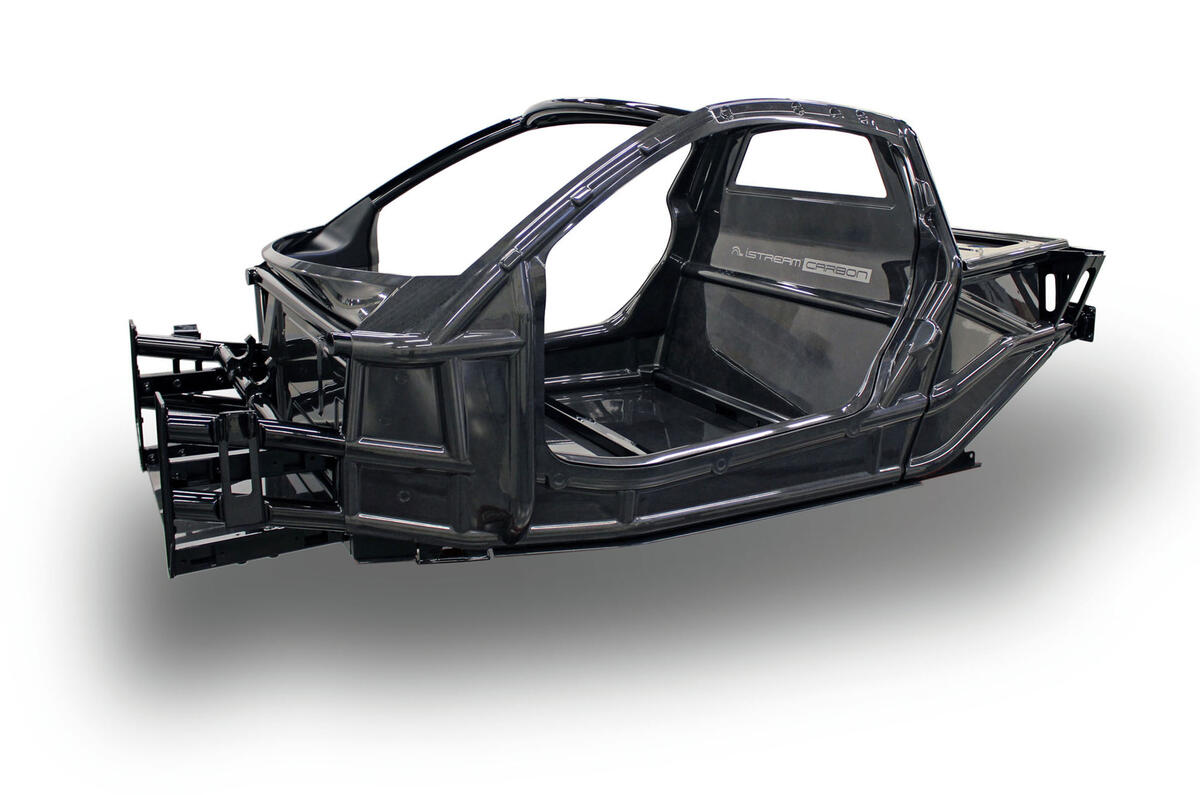
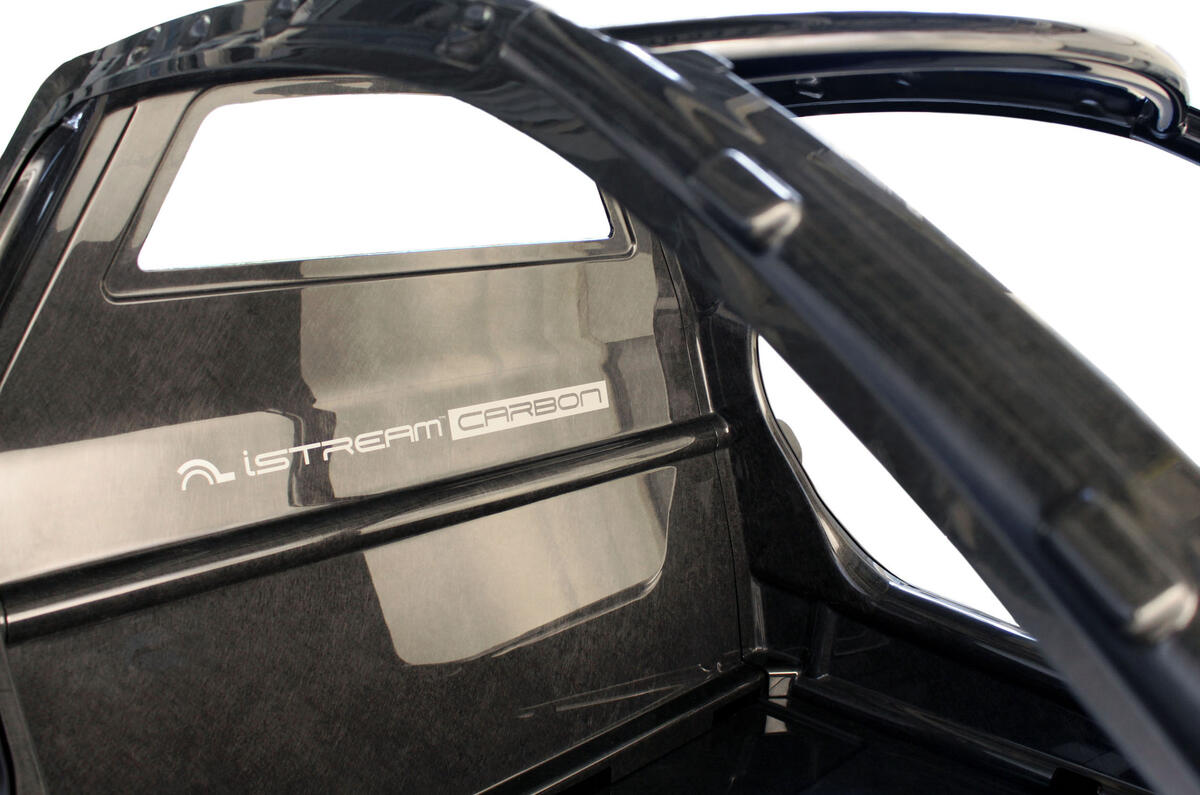
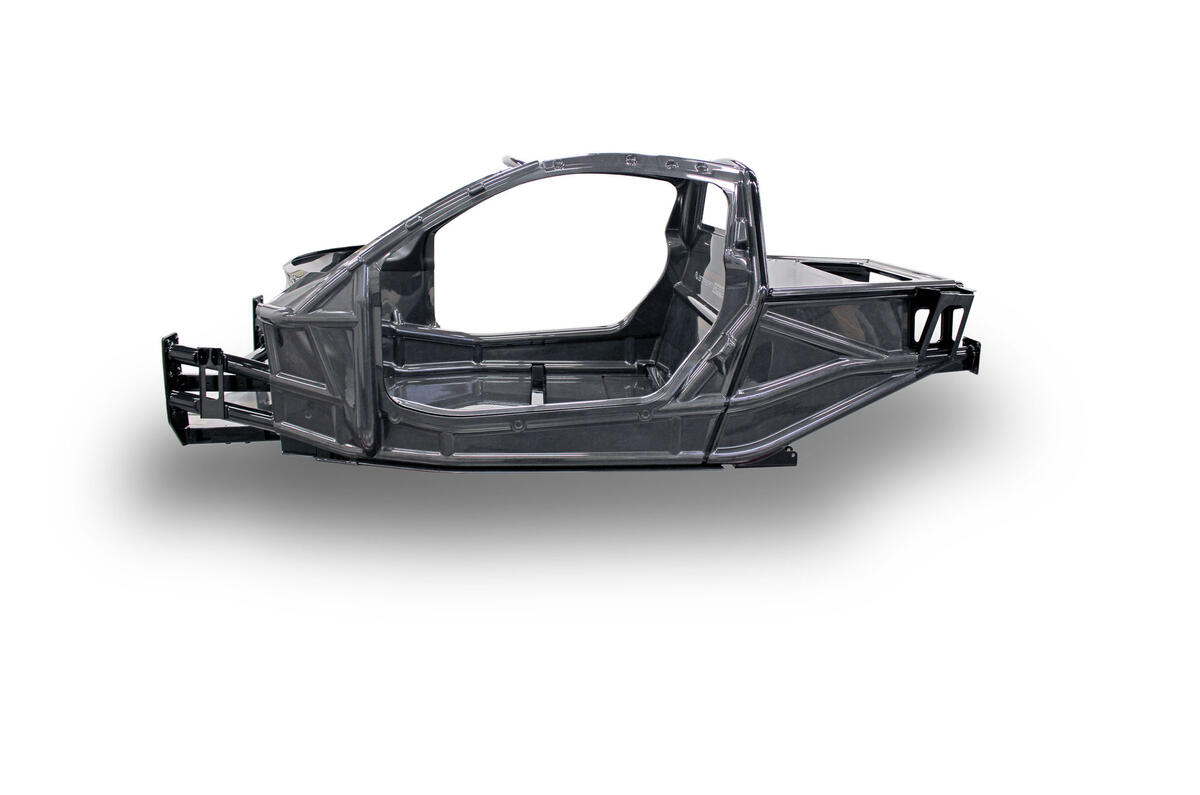
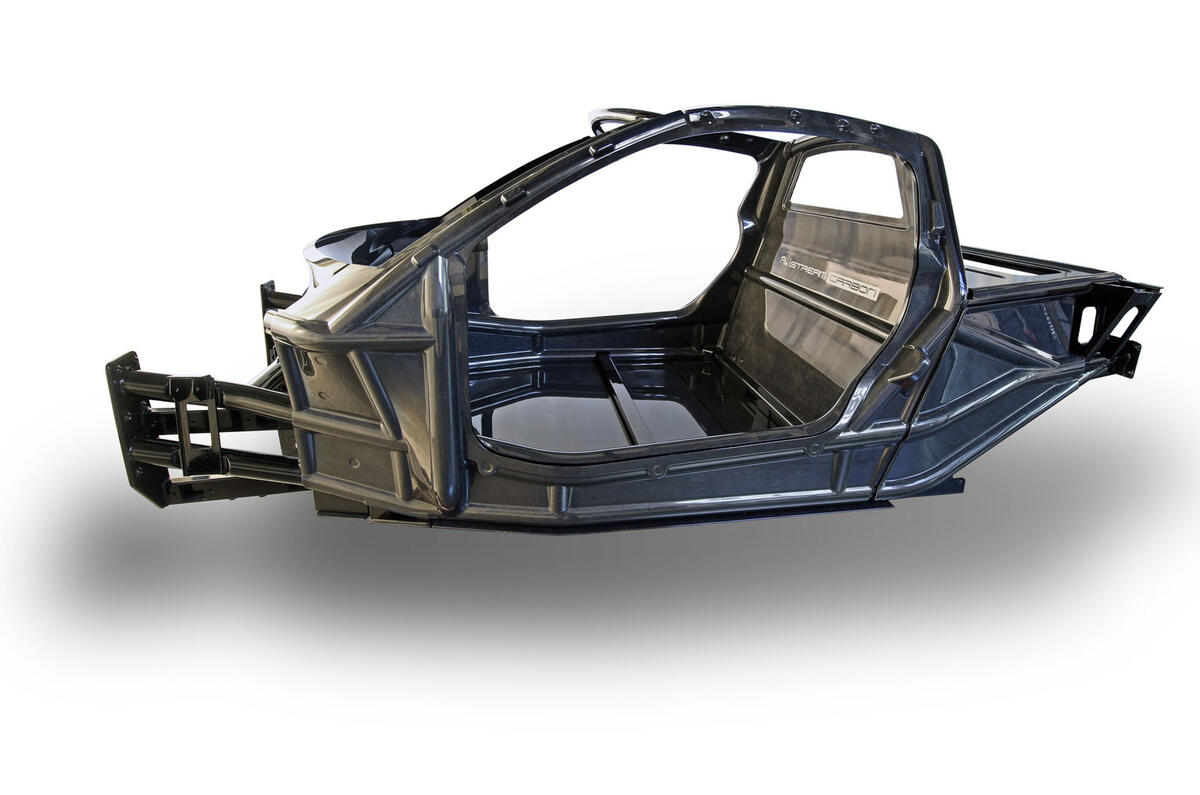

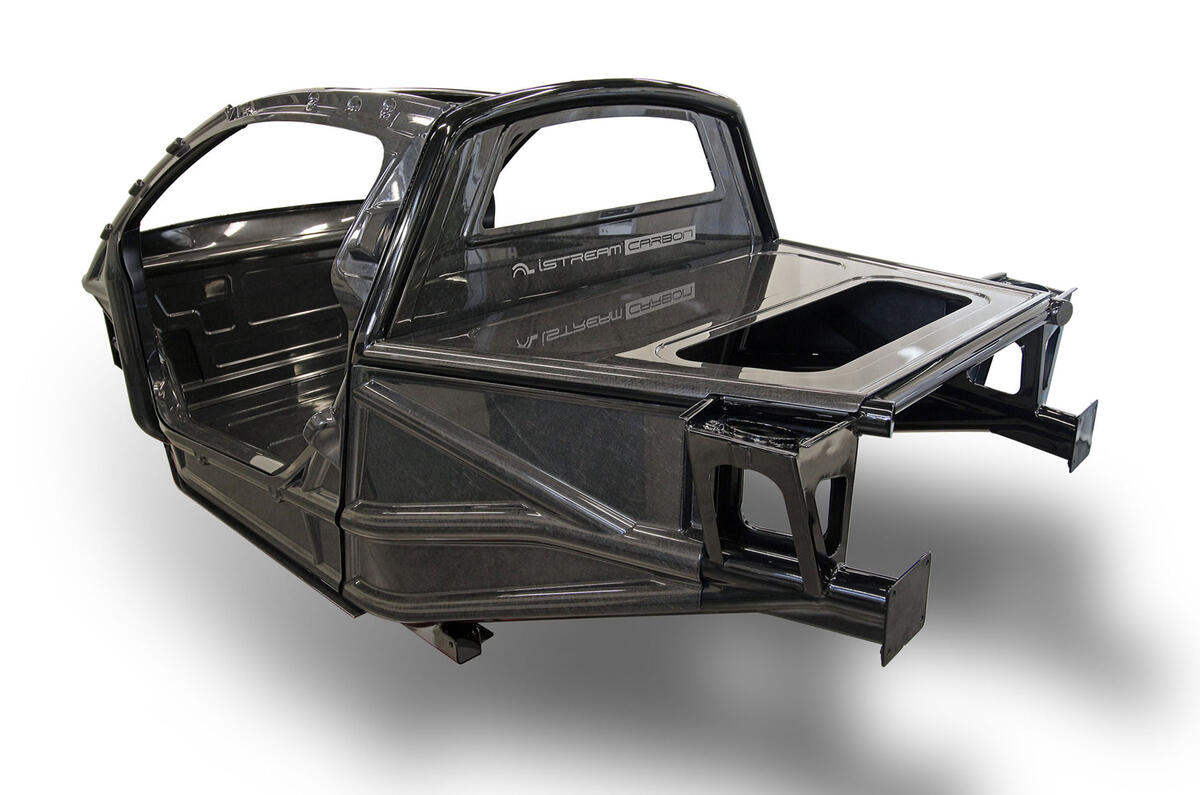

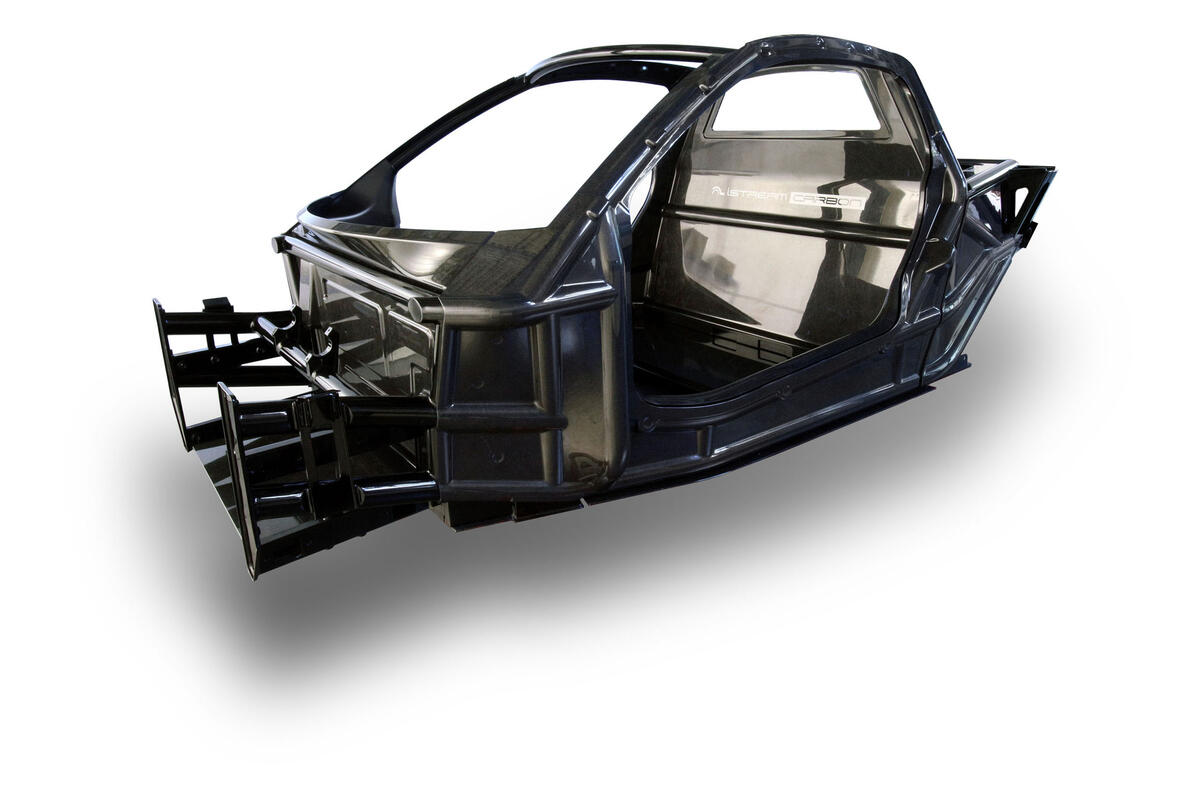
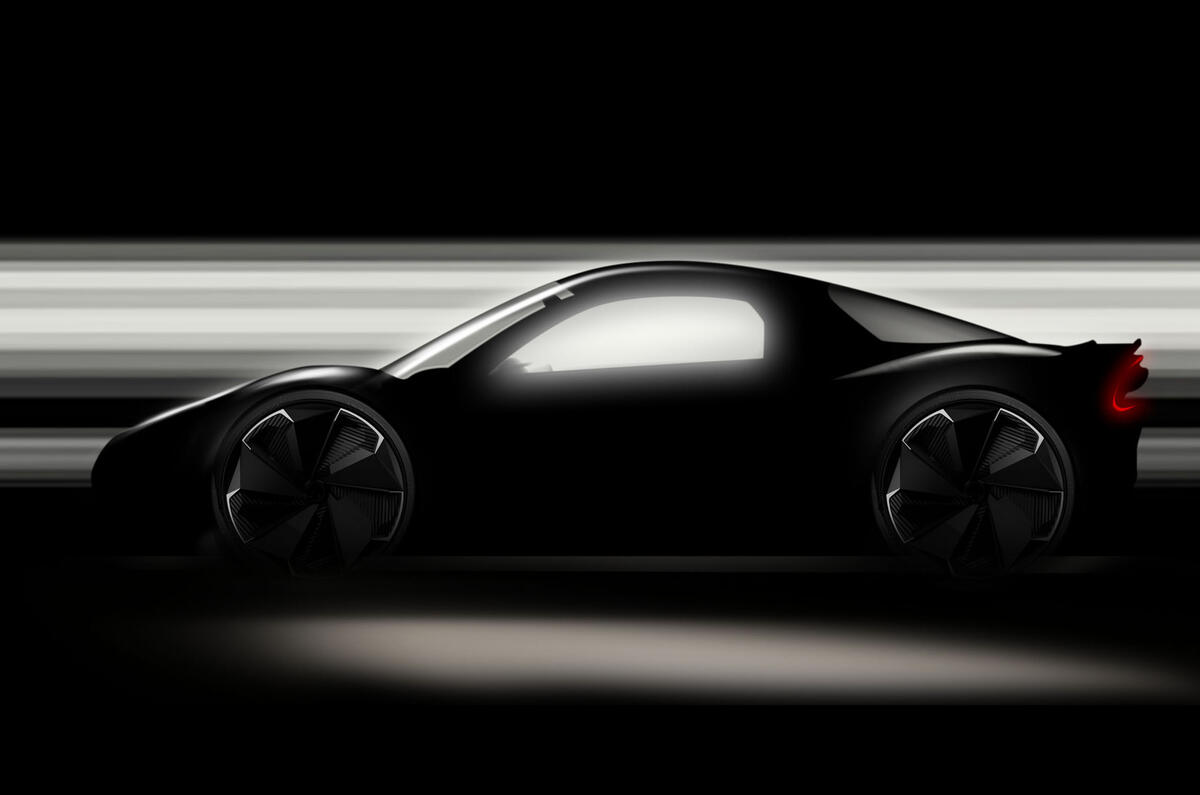
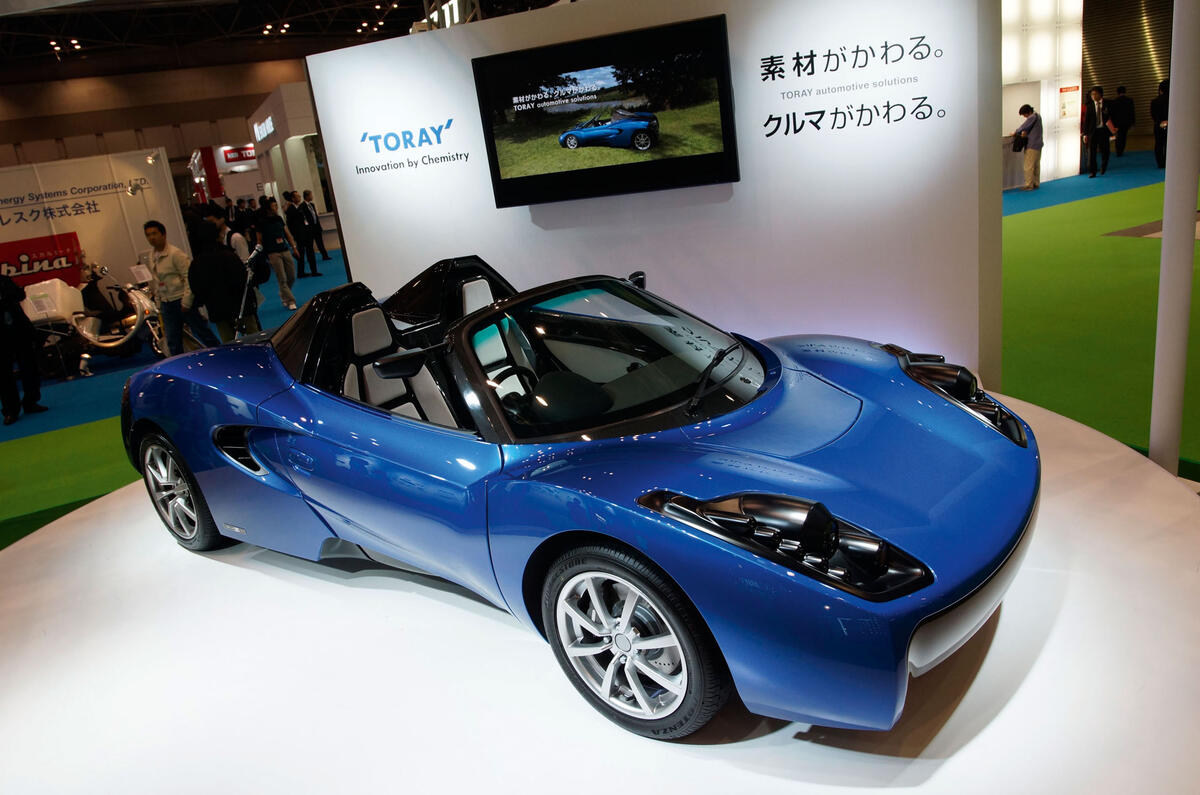
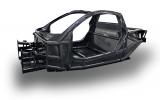
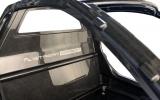
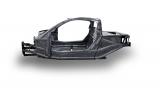
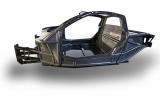
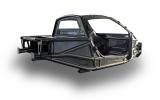
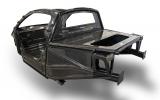






Join the debate
Add your comment
Light Weighting
I'm still not sure what
I want to work with Gordon Murray....